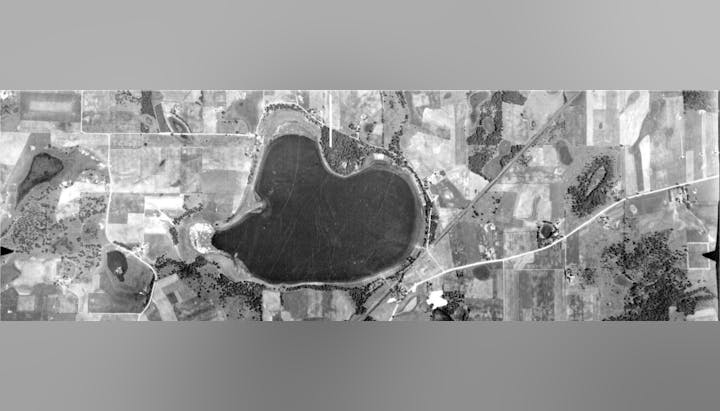About Us
Who we are
The Riley Purgatory Bluff Creek Watershed District (RPBCWD) is a local, special unit of government with a boundary based on the watersheds of Riley, Purgatory, and Bluff creeks. It was established on July 31, 1969, following a petition by local property owners to the Minnesota Water Resources Board. The purpose of RPBCWD is to protect and improve the water resources of our communities.

Learn more about watershed districts at Minnesota Watersheds (formerly Minnesota Association of Watershed Districts or MAWD)
Watershed District Handbook (pdf)
Learn more about the Minnesota Board of Water and Soil Resources (BWSR), the state agency that directs soil and water conservation programs through the actions of watershed districts, cities, counties, and other organizations.
Where we're located
The boundary of the watershed district is based on the watersheds of the three creeks. The boundary encompasses portions of seven communities including Eden Prairie, Chanhassen, Minnetonka, Bloomington, Deephaven, Shorewood, and Chaska. The district office is located at 18681 Lake Dr. E, Chanhassen, near Highway 5 and Dell Road. Open the "Am I in the District?" web map.

What we do
When it rains, water that falls on the landscape drains toward a waterbody. This area of land is the body’s watershed. Anything that happens within a watershed impacts the lake, creek, wetland, pond, or aquifer it feeds. Watershed districts are charged with protecting and improving our communities’ water resources. Districts partner with local communities to identify top priorities and plan, implement, and manage efforts which protect and improve local water resources. They educate and engage residents, and the work they undertake benefits the quality and quantity of water in local as well as downstream watersheds and communities.









